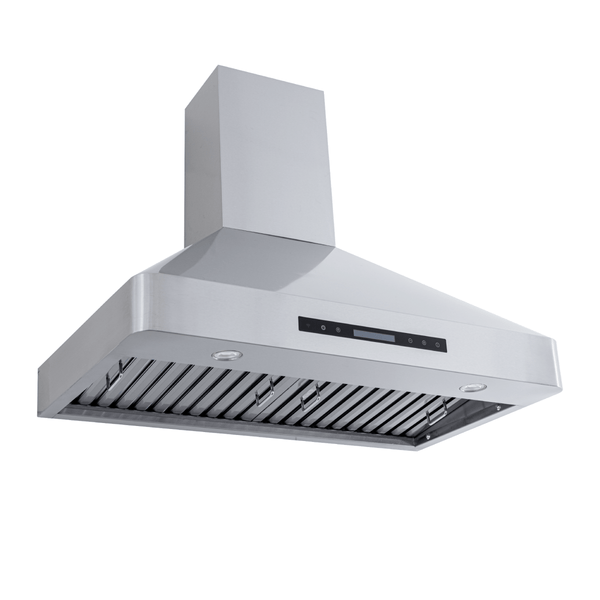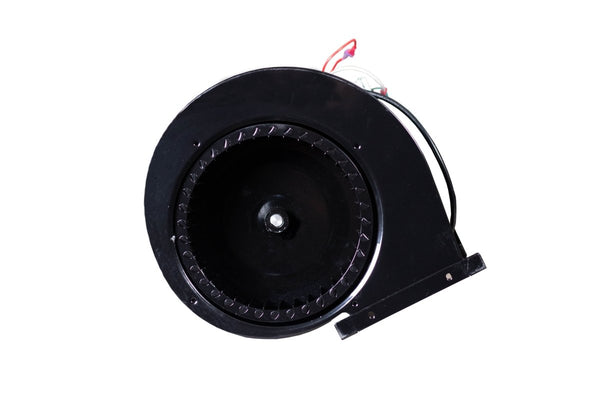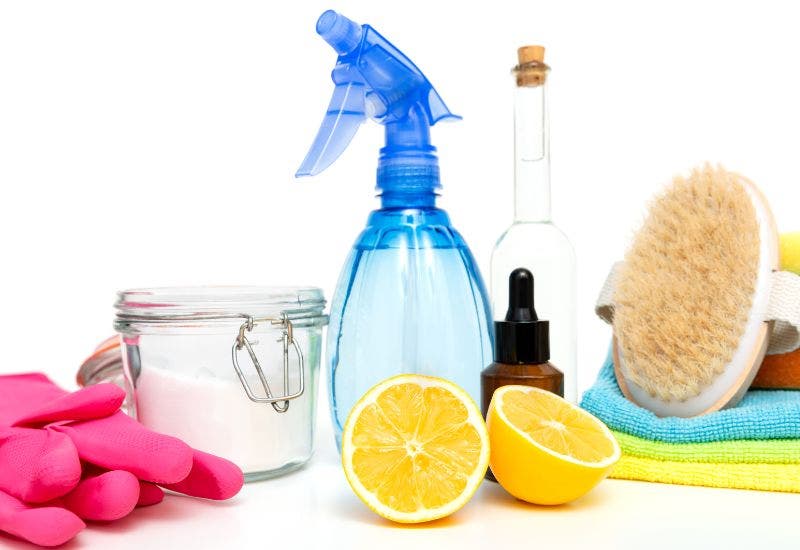Are you tired of using harsh chemicals to clean your kitchen? Do you want to find a more natural and effective way to remove the grease and grime that accumulates on your stove, countertops, and other kitchen surfaces? Making your own homemade kitchen degreaser is a simple and affordable solution that can help you achieve a spotless kitchen without exposing yourself and your family to harmful chemicals.

There are many different recipes for homemade kitchen degreasers, but most of them use natural ingredients that you probably already have in your pantry or cleaning supplies. Vinegar, baking soda, and castile soap are some of the most common ingredients used in these recipes, and they are effective at breaking down grease, cutting through dirt, and leaving your kitchen smelling fresh and clean. Whether you have a stainless steel stove, a granite countertop, or a tiled backsplash, you can find a homemade degreaser recipe that will work for your specific needs and preferences.
If you want to buy one, discover the top kitchen degreasers with our expert recommendations.
Understanding Kitchen Grease
Keeping your kitchen clean is important, but it can be a challenge when it comes to dealing with grease buildup. Grease is a common problem in the kitchen and can be caused by a variety of factors. In this section, we'll discuss the different types of grease and the common causes of grease buildup.
Types of Grease
There are two main types of grease: animal and vegetable. Animal grease comes from meat, while vegetable grease comes from plants. Both types of grease can cause buildup in your kitchen and can be difficult to clean.
Common Causes of Grease Buildup
Grease buildup can be caused by a variety of factors, including cooking with oil, frying food, and not cleaning up spills promptly. Over time, grease can accumulate on surfaces, making it difficult to remove. This buildup can be unsightly and can also create an unhealthy environment in your kitchen.
To combat grease buildup, it's important to use the right cleaning products. While many commercial cleaning products are available, you can also make your own natural homemade degreaser. Ingredients like vinegar, baking soda, and dish soap can effectively cut through grease and leave your kitchen surfaces clean and fresh.
In addition to using the right cleaning products, it's important to clean up spills and messes as soon as possible. This will prevent grease from accumulating on surfaces and making it more difficult to clean later on.
Overall, understanding the different types of grease and the common causes of grease buildup can help you keep your kitchen clean and healthy. By using the right cleaning products and cleaning up spills promptly, you can keep your kitchen looking its best.
Ingredients for Homemade Degreaser
When cleaning your kitchen, you want to ensure that the products you're using are safe, effective, and affordable. That's why making your own homemade kitchen degreaser is a great option. Not only is it natural and free of harsh chemicals, but it's also simple to make and can save you money in the long run. Here are the key ingredients you'll need to make your own homemade degreaser:
Vinegar
Vinegar is a versatile ingredient that can be used for a wide range of cleaning tasks. It's a natural acid that can help to break down grease and grime, making it an excellent choice for a homemade degreaser. White distilled vinegar is the most commonly used type for cleaning, and it can be found at most grocery stores.
Baking Soda
Baking soda is another natural ingredient that can help to cut through grease and grime. It's a mild abrasive that can help to scrub away stubborn stains and dirt. When combined with vinegar, baking soda creates a chemical reaction that can help to break down grease and make it easier to clean.
Dish Soap
Dish soap is a key ingredient in most homemade degreaser recipes. It's a powerful cleaner that can help to cut through grease and grime, making it an essential ingredient for any kitchen cleaner. When choosing a dish soap for your homemade degreaser, look for one that is natural and free of harsh chemicals.
Essential Oils
Essential oils can be added to your homemade degreaser to give it a pleasant scent and to enhance its cleaning power. Some essential oils, such as lemon and tea tree oil, are naturally antibacterial and can help to kill germs and bacteria in your kitchen. When using essential oils, use them sparingly, as they are highly concentrated.
In summary, making your own homemade kitchen degreaser is a great way to clean your kitchen naturally and affordably. With just a few simple ingredients, you can create a powerful cleaner that will cut through grease and grime with ease. So why not give it a try? Your kitchen (and your wallet) will thank you!
How to Make the Degreaser
If you're looking for an effective and natural way to clean your kitchen, making your own homemade degreaser is a great option. By using simple ingredients like vinegar, baking soda, and citrus, you can create a powerful cleaning solution that is safe and effective.
Vinegar-Based Solution
One of the most popular homemade degreasers is a vinegar-based solution. To make this solution, mix one cup of distilled white vinegar with three cups of warm water in a spray bottle. You can also add a few drops of essential oil for a pleasant scent. Shake the bottle well before each use and spray the solution onto the greasy surface. Let it sit for a few minutes before wiping it away with a clean cloth.
Baking Soda Solution
Another effective homemade degreaser is a baking soda solution. To make this solution, mix one tablespoon of baking soda with one cup of warm water and 1/8 teaspoon of Castile soap in a spray bottle. Shake the bottle well before each use and spray the solution onto the greasy surface. Let it sit for a few minutes before wiping it away with a clean cloth.
Citrus-Based Solution
If you prefer a citrus-based solution, use lemon or orange essential oil to create a powerful degreaser. Mix two cups of warm water with one tablespoon of baking soda and 20 drops of essential oil in a spray bottle. Shake the bottle well before each use and spray the solution onto the greasy surface. Let it sit for a few minutes before wiping it away with a clean cloth.
When making your own homemade degreaser, it's important to use natural ingredients that are safe for your family and the environment. By using vinegar, baking soda, and citrus, you can create a powerful cleaning solution that is safe and effective. Plus, making your own degreaser is a great way to save money and reduce your use of harsh chemicals.
Using the Homemade Degreaser
Once you have made your homemade degreaser, it's time to put it to use! Here are some tips on how to use it effectively on different surfaces in your kitchen.
On Stove and Countertops
For stove and countertops, spray the homemade degreaser directly onto the surface. Let it sit for a few minutes to break down the grease and grime. Then, use a sponge or microfiber cloth to wipe the surface clean. For tougher stains or buildup, you may need to scrub a bit harder or let the degreaser sit for a longer period of time.
On Appliances
When using the homemade degreaser on appliances, it's important to be careful with the spray bottle. You don't want to get any of the solution into the appliance's electrical components. Instead, spray the degreaser onto a sponge or microfiber cloth and then wipe down the appliance. Be sure to rinse the sponge or cloth frequently to avoid spreading grease around.
On Cabinets
To clean your cabinets with the homemade degreaser, start by removing any loose dirt or debris with a dry cloth. Then, spray the degreaser onto a sponge or microfiber cloth and wipe down the cabinets. Be sure to pay extra attention to any areas that are particularly greasy or dirty. Finally, rinse the sponge or cloth and wipe down the cabinets again with clean water to remove any remaining residue.
How to clean grease off your ceiling tips here.
Overall, using a homemade degreaser can be a great way to keep your kitchen clean and free of grease and grime. Just be sure to use it safely and effectively on the different surfaces in your kitchen.
Safety Tips and Precautions
When making your own homemade kitchen degreaser, it's important to take some safety precautions to ensure that you don't harm yourself or damage your kitchen surfaces. Here are some tips to keep in mind:
Use Natural Ingredients
One of the benefits of making your own kitchen degreaser is that you can use natural ingredients that are safe for you and the environment. Avoid using harsh chemicals that can cause respiratory problems or skin irritations.
Avoid Harsh Smells
Some natural ingredients like vinegar and lemon juice can have strong smells that can be overwhelming. Make sure you work in a well-ventilated area and take breaks if you start to feel lightheaded. You can also add essential oils to your degreaser to help mask the smell.
Spot Check
Before using your homemade degreaser on a large surface, spot check it on a small, inconspicuous area first. This will help you see if the degreaser is safe to use on that surface and if it causes any discoloration or damage.
Protect Delicate Garments
If you're wearing delicate clothing while cleaning, protect them from spills or splatters. Wear an apron or old clothes that you don't mind getting dirty.
Use Gloves
To protect your hands from any irritation, use gloves when making and using your homemade degreaser. This will also help you avoid any accidental cuts or scrapes from kitchen tools.
By following these safety tips and precautions, you can make your own homemade kitchen degreaser without any worries. Enjoy a clean kitchen without exposing yourself to harsh chemicals!
Our article here compares the best kitchen degreasers on the market.
Maintaining a Grease-Free Kitchen
Keeping your kitchen free of grease and grime can be a challenge, especially if you cook frequently. Fortunately, with a few simple tips and tricks, you can maintain a grease-free kitchen that's easy to clean and looks great.
An all-purpose cleaner is one of the best ways to keep your kitchen clean. You can make your own cleaner using ingredients like vinegar, baking soda, and natural soap. These cleaners are effective at removing stubborn grime and stains from a variety of surfaces, including countertops, stovetops, and appliances.
Consider using a baking soda paste if you're dealing with tough grease spots. Mix baking soda with water to create a thick paste, and then apply it to the affected area. Let the paste sit for a few minutes before wiping it away with a damp cloth. This method is particularly effective on porous surfaces like grout and tile.
For cleaning your oven door, try combining clear household ammonia and water. Mix one part ammonia with three parts water, and then apply the solution to the door with a dishcloth. Let the solution sit for a few minutes before wiping it away with a clean cloth.
For great tips on how to clean a greasy kitchen, checkout our article here.
Consider using soap nuts or apple cider vinegar if you're interested in vintage cleaning hacks. Soap nuts are a natural cleanser that can be used for a variety of cleaning tasks, including removing grease and grime from your kitchen surfaces. Apple cider vinegar is another effective cleaner that can be used to remove tough stains and grease spots.
Another natural cleanser that's great for removing grease is citrus. Grapefruits, oranges, lemons, and limes all contain limonene, a natural solvent that can dissolve grease and oil. You can use these fruits to create a natural cleaning solution by combining the juice with distilled vinegar or washing soda.
By following these tips and using natural cleaning solutions, you can maintain a grease-free kitchen that's easy to clean and looks great. With a little bit of effort, you can keep your kitchen looking its best for years to come.










